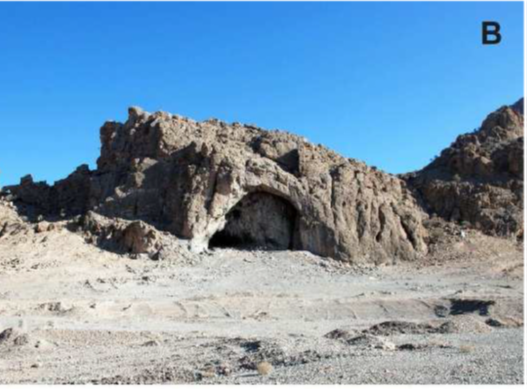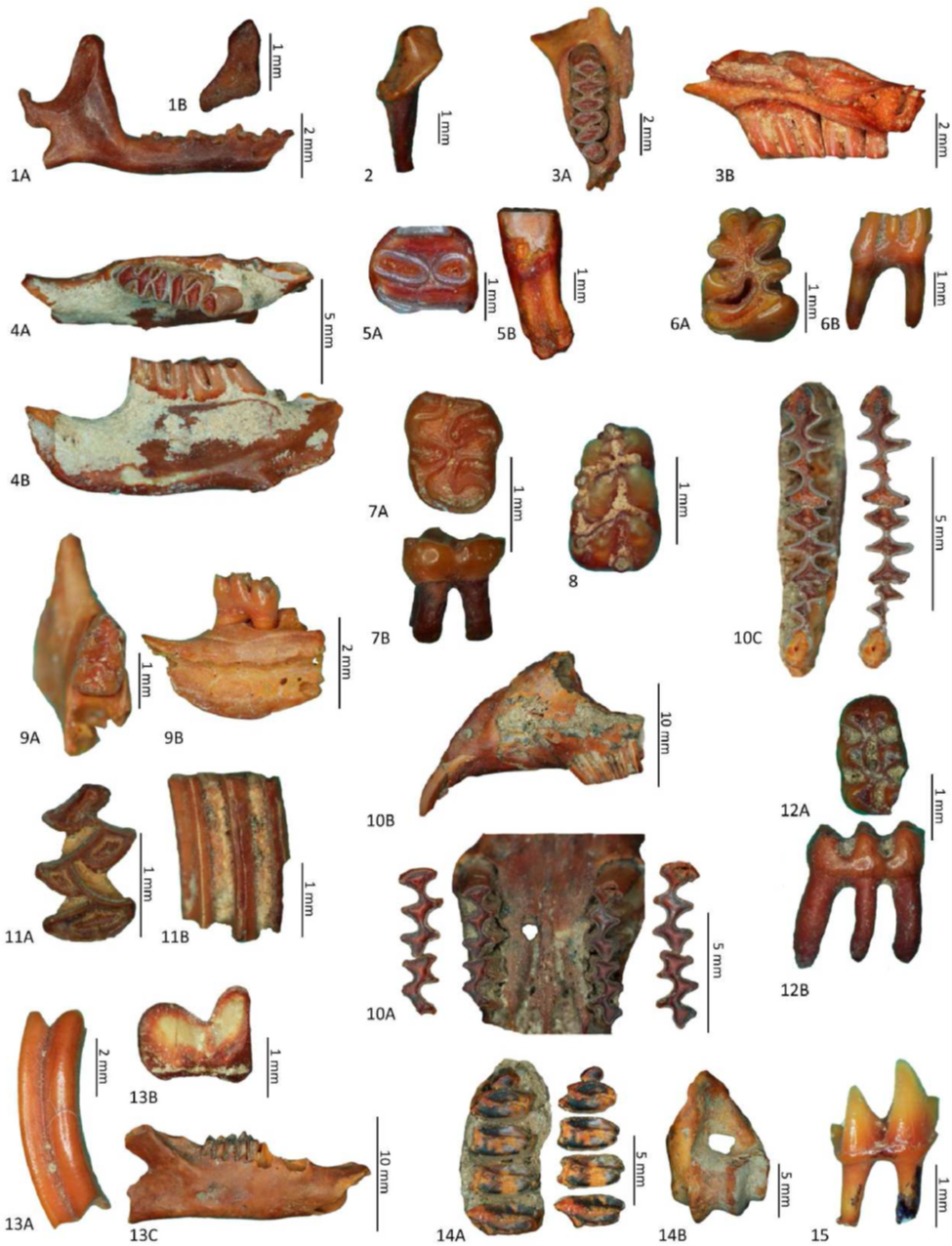A study led by Juan Rofes, PhD, an associate professor at the UP Diliman (UPD) School of Archaeology, determined the Middle Paleolithic landscape of the Iranian Zagros, through Tang-e Shikan cave, by using micromammals as paleoecological indicators.

In an article by H. J. B. Birks in Encyclopedia of Ecology (2008) cited by the Science Direct website, paleoecology “is mainly concerned with reconstructing past biota populations, communities, landscapes, environments, and ecosystems from available geological and biological (fossil) evidence. There are two major types of paleoecology: Quaternary paleoecology, concerned with the last 2.8 million years of Earth’s history, and deep-time paleoecology, based on fossils from pre-Quaternary sediments over a wide range of timescales.”
Rofes, who is an environmental archaeologist and paleontologist, in his correspondence with UPDate Online, explained “micromammals can be useful palaeoecological indicators, and that is the case of the remains from Tang-e Shikan Cave in the Iranian Zagros range. Through thorough taphonomic and taxonomic analysis, this assemblage reveals slight landscape and environmental changes between the older and younger human occupations of the site along the Middle Paleolithic period which can be reasonably correlated with cultural change in the region. Hominins involved in this process could be both Neanderthals and Anatomically Modern.”

In the study Evolving Landscape and Cultural Change During the Middle Paleolithic in Southeast Zagros (Iran): Insights from a Micromammal Assemblage, Rofes and his team wrote, “The Iranian Zagros is a remarkable zone to study Middle and Upper Paleolithic human occupations, and Tang-e Shikan (Arsanjan) is a strategic cave site which archaeological evidence can be taken as a proxy for the southeast portion.”
Rofes and his team explained they extensively used the micromammal assemblage from Tang-e Shikan cave “to infer the landscape and environment that framed and arguably triggered cultural change.” In their study, 14 taxa have been identified. These are “two ‘insectivores’, nine rodents, two lagomorphs, and an unidentified chiropteran.”
Rofes and his team stated that their study’s “results show that shrubland and grassland dominated the distribution of habitats in the area during the Middle Paleolithic (MP), followed by moderate rocky, desert, and steppe components, and sparse patches of woodland. The younger period of the MP would be somewhat wetter than the older period.”

More details of the team’s research can be read in Quaternary Science Reviews which published his study (https://www.sciencedirect.com/science/article/pii/S0277379124001586) last May.
Rofes said this was his first international research funded by the UPD Office of the Vice Chancellor for Research and Development through the Outright Research Grant.
“I think this is one of [the] rare occasions in which research in Iran is supported by Filipino scholars and funds,” Rofes said.
